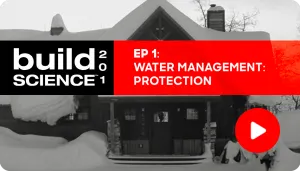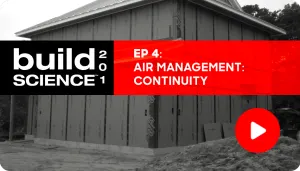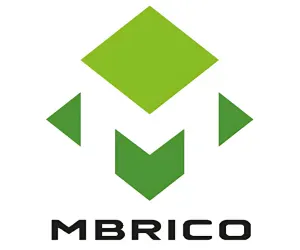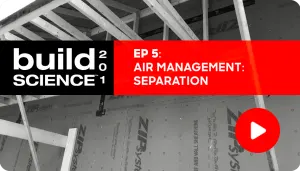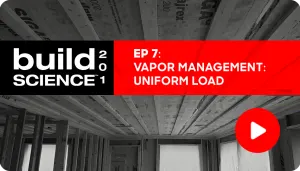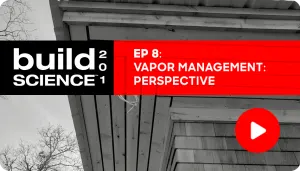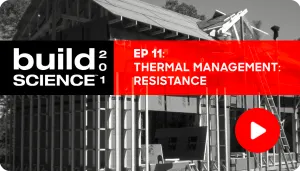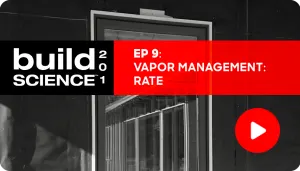Build Science™ 201 concludes with the crucial concept of proportional thermal control in building design, highlighting the importance of balanced insulation values for different components of a house. Key areas discussed include sub-slab, walls, and windows, with a focus on achieving optimal thermal performance through understanding overall thermal resistance and R-values. While basement insulation can be lower due to minimal temperature differentials, areas exposed to significant temperature variations, like roofs, require more robust insulation strategies. Matt and Steve provide practical tips for builders, encouraging them to exceed minimum code requirements, particularly for attic insulation, to enhance comfort and energy efficiency.
Matt and Steve stress the importance of proper sequencing in construction, prioritizing water and air control layers before addressing thermal insulation to ensure a well-functioning home. By focusing on these principles, builders can create energy-efficient homes that provide optimal comfort for occupants. Build Science™ is crucial for builders and homeowners seeking to improve their understanding of thermal performance and energy efficiency in residential design.
You’ve reached the end of the Water Management section of Build Science™ 201, make sure to log in or sign up to complete the Unit Quiz.
Love digging deep into building science concepts and best practices? Stay tuned for the next installment in the Build Science™ series: Build Science™ 301.

 Share on facebook
Share on facebook Tweet
Tweet Email
Email Share on Linkedin
Share on Linkedin




